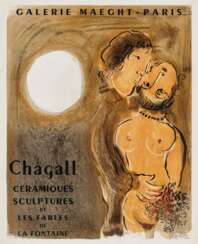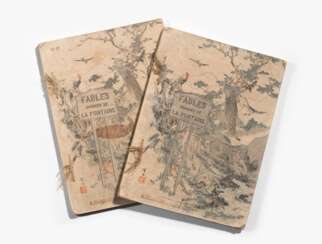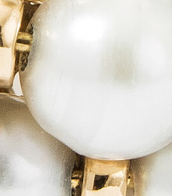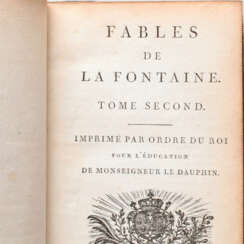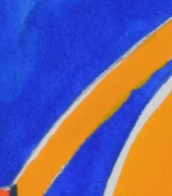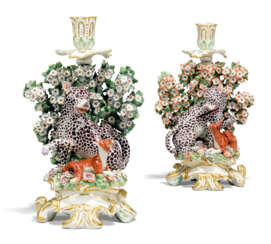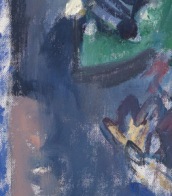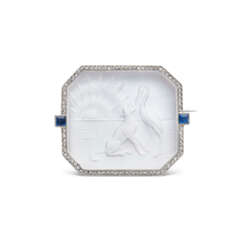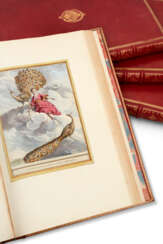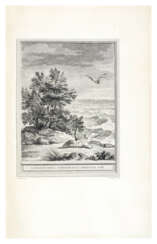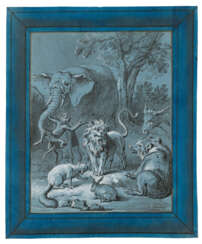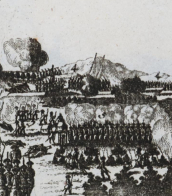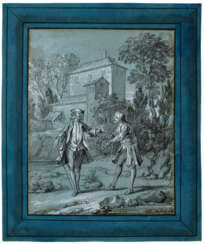fables
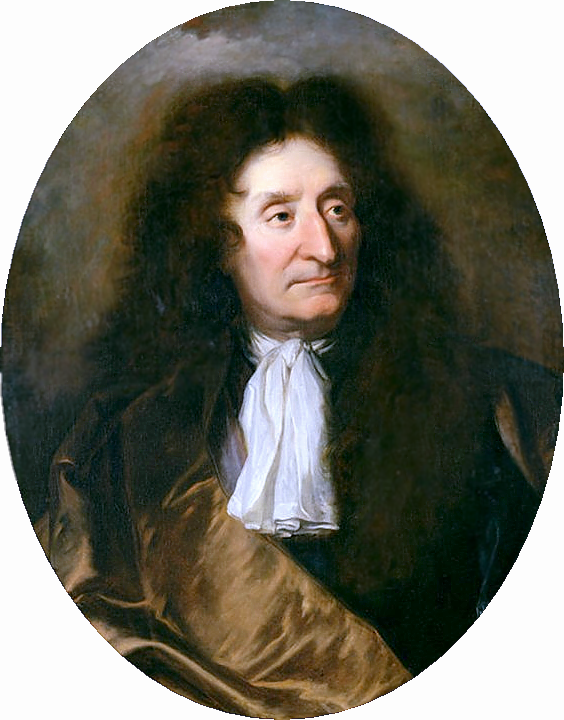

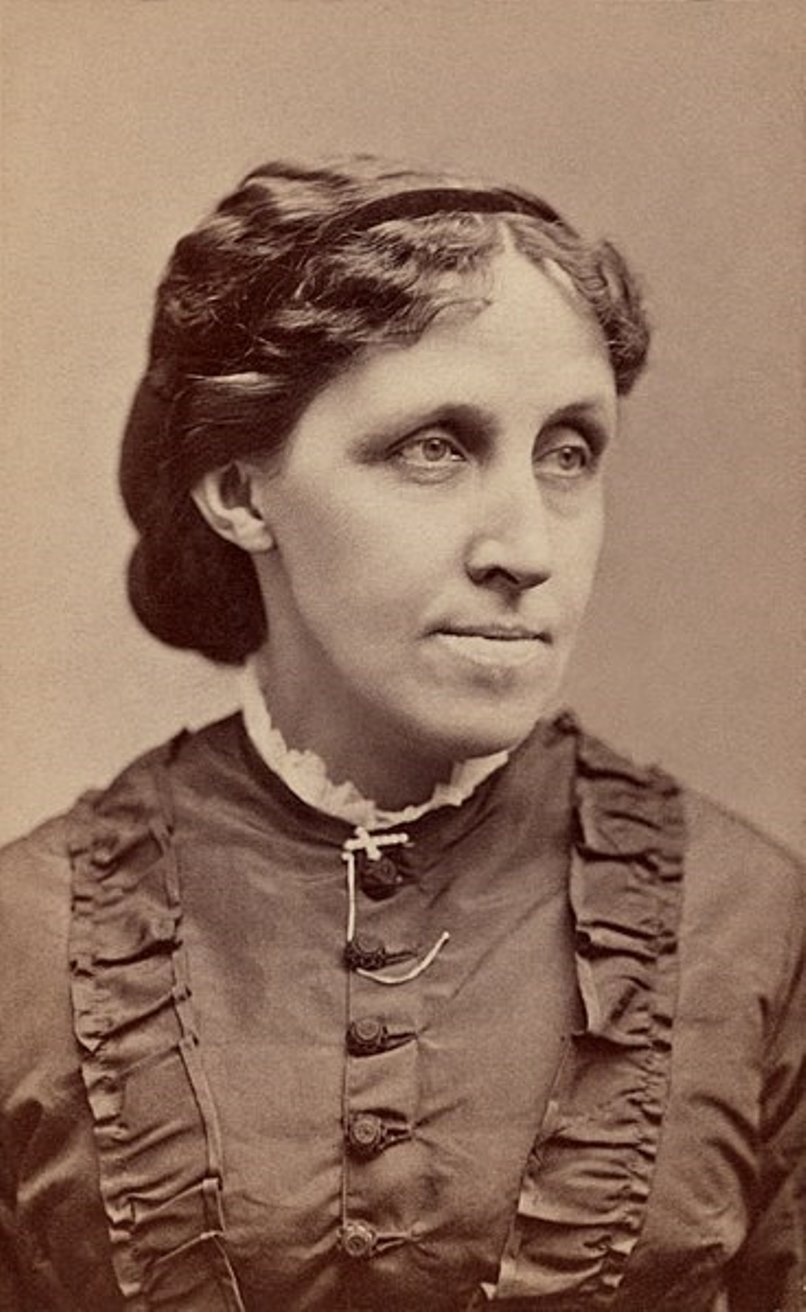
Louisa May Alcott was a 19th-century American writer.
Louisa, the daughter of transcendentalist Bronson Alcott, grew up in the company of Ralph Waldo Emerson, Theodore Parker, and Henry David Thoreau. Her education was largely under the guidance of her father, who, however, did not know how to properly provide for the family.
Louisa was forced to begin writing short stories and publishing in The Atlantic Monthly magazine. It could be said that need forced her to write an autobiographical book, Little Women (1868-69), which immediately became so popular that Louisa was finally able to pay off her debts. The book describes the domestic adventures of an optimistic New England family of modest means, tracing the different characters and destinies of four sisters as they grow up and face work, society, and marriage.
Alcott published sequels to the book, Little Men (1871) and Joe's Boys and What Came of Them (1886). There have been numerous films based on Little Women already in the 20th century, including the classic 1933 film starring Katharine Hepburn as Joe and the 2019 Greta Gerwig adaptation.
Alcott wrote other domestic stories based on her early experiences, and her books for younger children remain enduringly popular. Already in the 21st century, the gothic short stories and thrillers published by Alcott under a pseudonym between 1863 and 1869 have been collected and reprinted.



Aesop (Latin: Aisopos,) was a legendary philosopher and fable poet of ancient Hellas.
Researchers still argue whether it was a real person or behind this name is a collective image. According to Herodotus, Aesop was a slave and lived about 620-564 BC. The birthplace of the poet-fable writer is considered to be Phrygia, which is located on the peninsula of Asia Minor. Aesop was a slave of the Hellenic Iadamon, who lived on the island of Samos, who later granted the fable writer freedom.
The talented Greek was known not only for his fables, but also for his famous sayings and parables. Aesop's allegorical and moralizing fables are characterized by brevity and wisdom. In them he ridiculed all sorts of human vices - greed, cunning, greed, self-love and envy. The main characters of fables, as a rule, were animals, and the characters of the plot sometimes also acted as people and the gods of Olympus.
Aesop's original works have not survived. The most ancient "fables of Aesop" have reached us in later poetic revisions - (Latin) Phaedrus (I century), (Greek) Babrius (II century) and (Latin) Avianus (early V century). Aesop's work has left a significant trace in European culture, and his aphorisms have become well-known, remaining relevant today. And the hidden subtext of the work is called Aesopian language. Today's readers know these works in the arrangements of Jean de La Fontaine, Ivan Krylov, Gulak-Artemovsky and other fable writers.
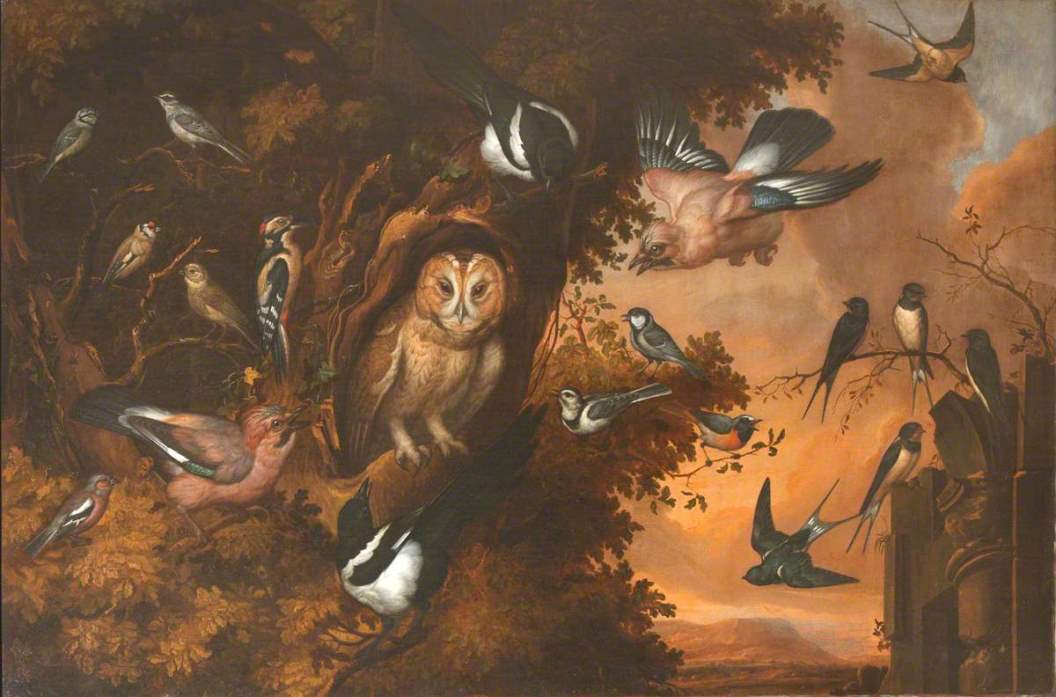



Marc Chagall (Russian: Марк Заха́рович Шага́л), born Moishe Shagal in 1887 near Vitebsk, Belarus (then part of the Russian Empire), was a Belarusian and French artist celebrated for his pivotal role in the avant-garde movement and his unique integration of Eastern European Jewish culture into modern art. His contributions spanned several artistic formats including painting, stained glass, stage sets, ceramics, tapestries, and fine art prints. Chagall's early modernist tendencies were enriched by his experiences across Saint Petersburg, Paris, and Berlin before World War I, leading to a distinctive style that melded Cubism, Symbolism, and Fauvism with his Jewish heritage.
Chagall's work is recognized for its emotional depth, often exploring themes of love, memory, and Jewish folklore through vibrant colors and dreamlike imagery. Notably, art critic Robert Hughes described him as "the quintessential Jewish artist of the twentieth century," a sentiment echoed by art historian Michael J. Lewis who regarded Chagall as a significant figure within European modernism and as the world's preeminent Jewish artist of his time.
Among Chagall's famed contributions are his stained-glass windows for the cathedrals of Reims and Metz, the UN, and the Jerusalem Windows in Israel. His monumental paintings include parts of the ceiling of the Paris Opéra and works that explore biblical themes, a hallmark of his oeuvre that underscores his enduring engagement with spiritual and religious motifs.
For art collectors and antiques experts, Chagall's works are notable not only for their artistic innovation but also for their rich cultural and historical significance. His art is housed in many prestigious museums worldwide, including the Marc Chagall National Museum in Nice, France, which focuses on his works inspired by religion and houses the series of paintings illustrating the biblical message.
For those interested in exploring Chagall's legacy and the vibrant intersection of culture, art, and history his work represents, signing up for updates on new product sales and auction events related to Marc Chagall can provide invaluable insights and opportunities. This is an invitation to engage more deeply with the world of art and culture that Chagall so uniquely encapsulated in his work.


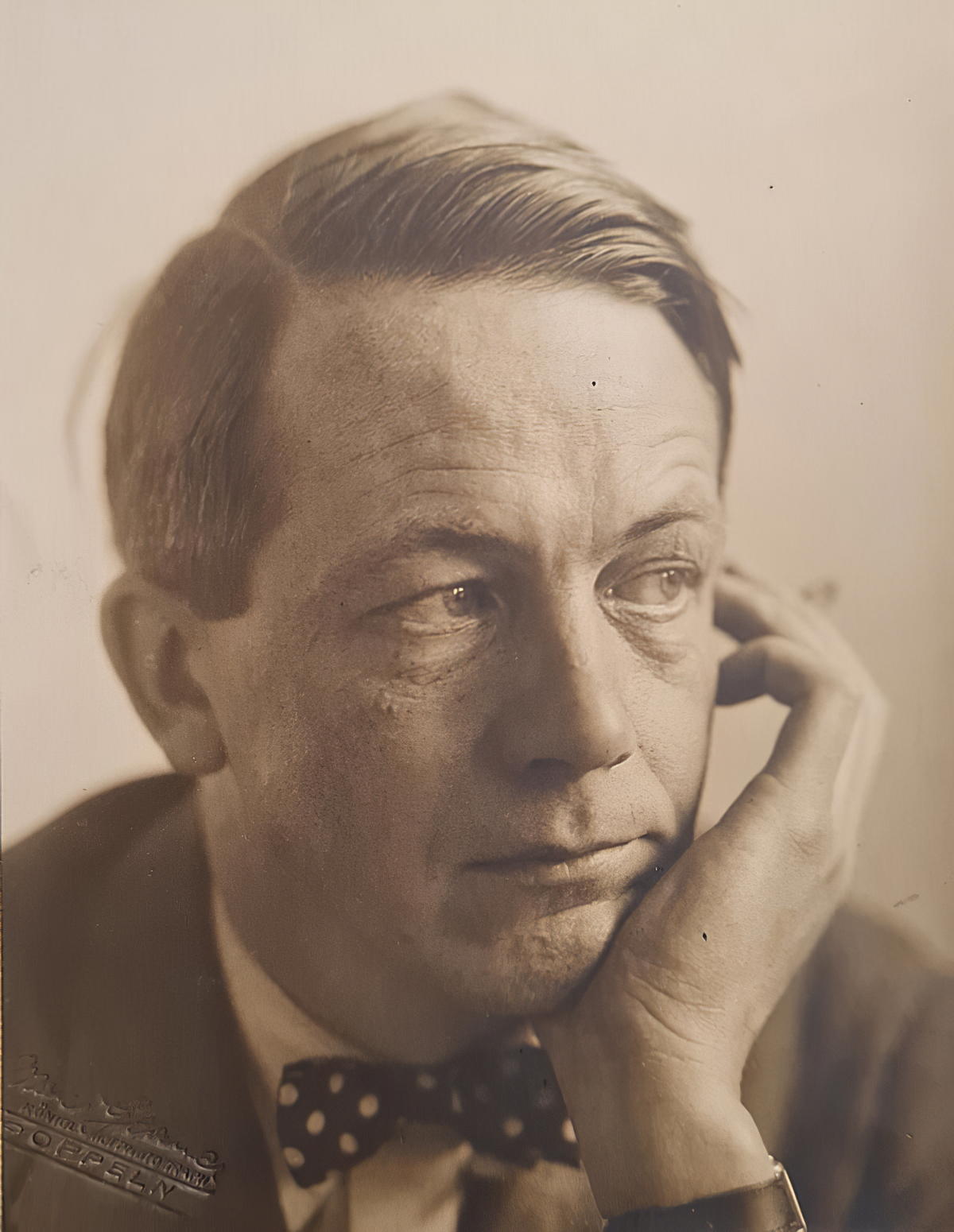
Johannes Molzahn is a German painter and graphic artist.
He is also known as a photographer, worked as a graphic designer, illustrator, and teacher.






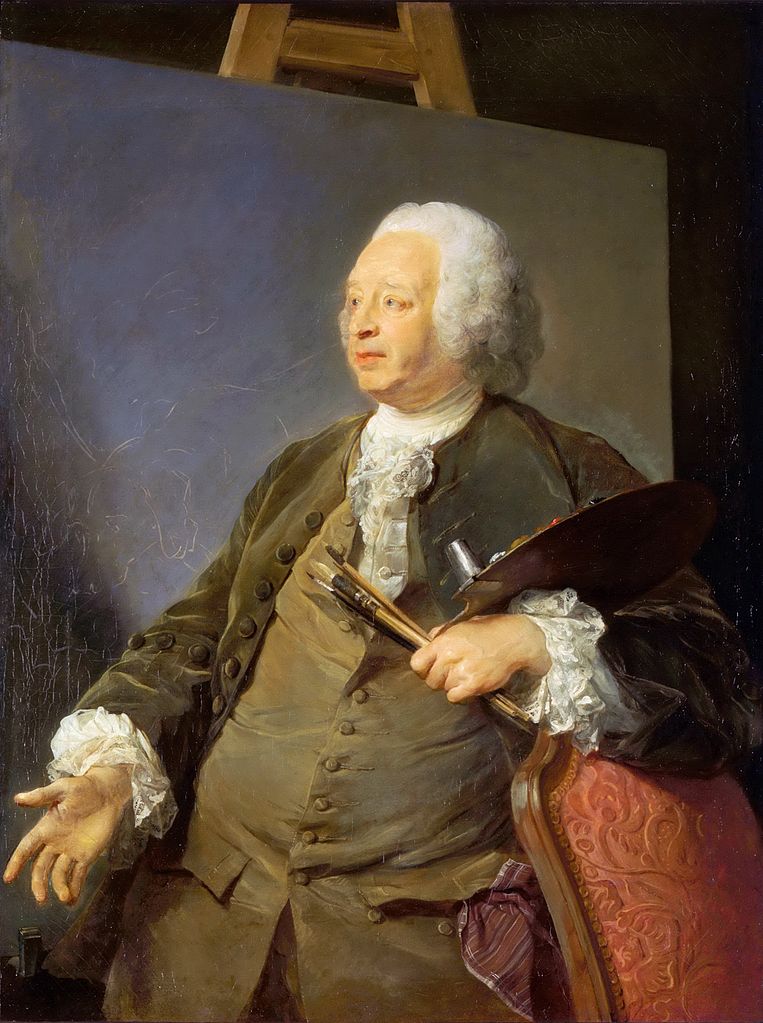
Jean-Baptiste Oudry was a French Rococo painter, engraver, and tapestry designer. He is particularly well known for his naturalistic pictures of animals and his hunt pieces depicting game. His son, Jacques-Charles Oudry, was also a painter.




Jean-Baptiste Oudry was a French Rococo painter, engraver, and tapestry designer. He is particularly well known for his naturalistic pictures of animals and his hunt pieces depicting game. His son, Jacques-Charles Oudry, was also a painter.
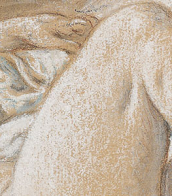
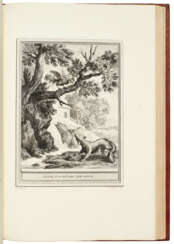

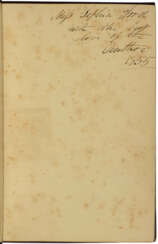








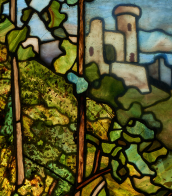


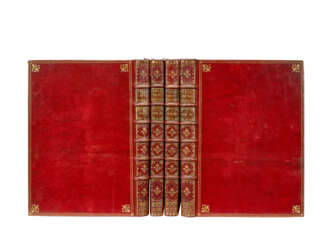

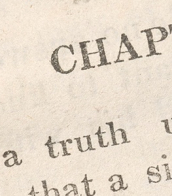


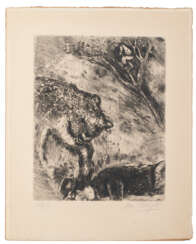

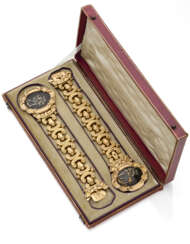

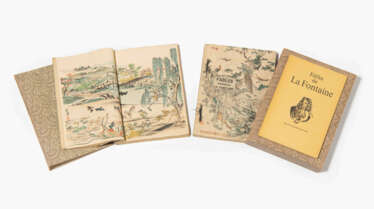




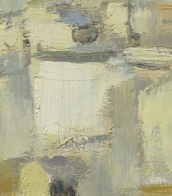
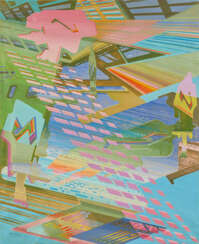

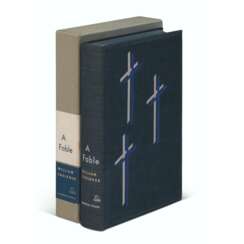

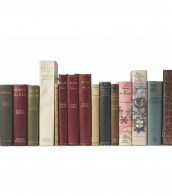
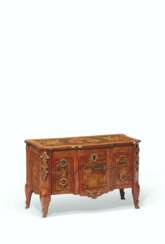

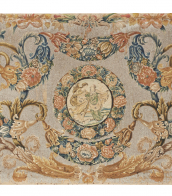
![MONTREUX, Nicolas de dit Ollenis du Mont-Sacré (1561-1610). Les Bergeries de Julliette. [relié avec] Le Premier livre des Bergeries de Julliette. Tours : George Drobet, 1592 [relié avec] Athlette pastourelle ou fable bocagère. Tours :](/assets/image/picture_1320974/491f9/18bf081fa204c08569f32fefb7c6bf5e1616454000jpg__fix_374_244.jpeg)
![MONTREUX, Nicolas de dit Ollenis du Mont-Sacré (1561-1610). Les Bergeries de Julliette. [relié avec] Le Premier livre des Bergeries de Julliette. Tours : George Drobet, 1592 [relié avec] Athlette pastourelle ou fable bocagère. Tours :](https://veryimportantlot.com/assets/image/picture_1320974/491f9/18bf081fa204c08569f32fefb7c6bf5e1616454000jpg__fix_374_244.jpeg)



